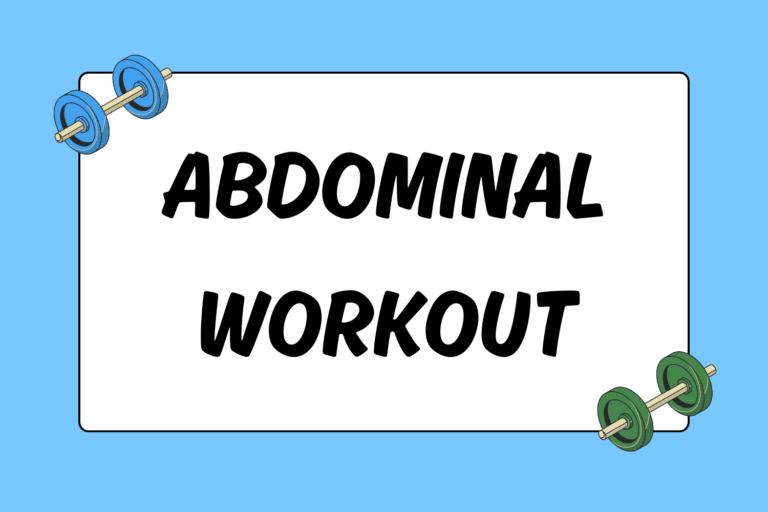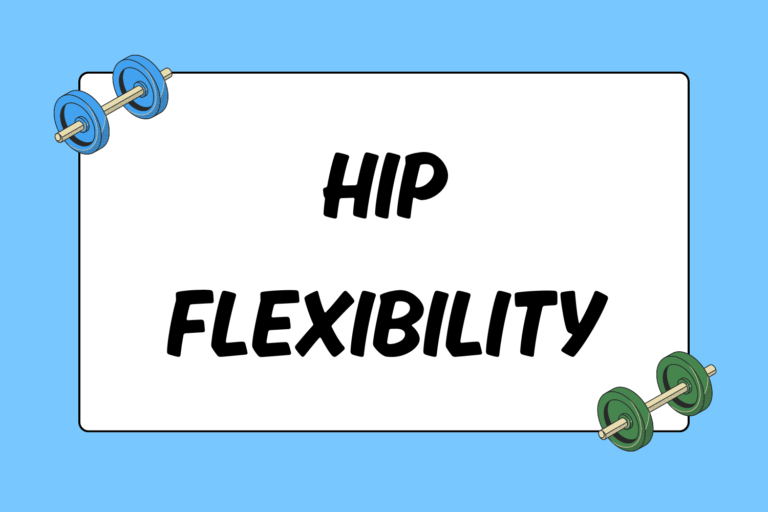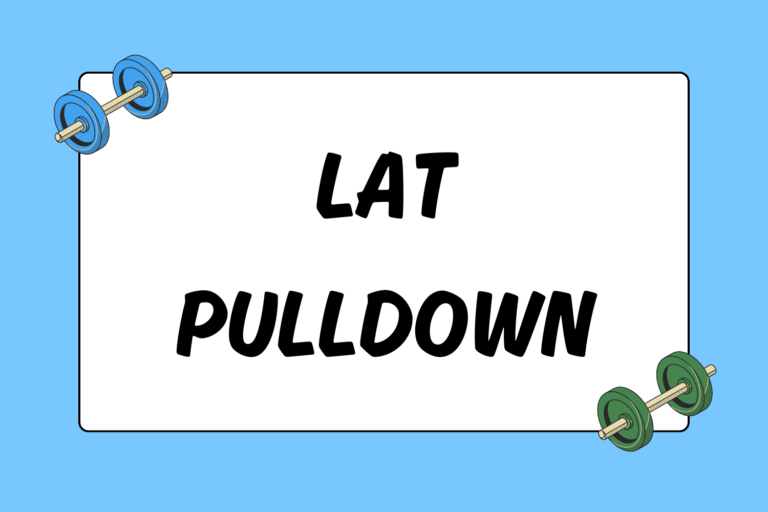A fundamental movement, we begin squatting as infants and use this skill throughout daily life. Our ancestors used the squat and other primal movement patterns as a means of survival. Today, the squat still functions to accomplish daily tasks and has numerous health and fitness benefits. Squatting is a foundation of most fitness programs due its functional nature. Mastering this skill or using its variations will:
- Improve leg, hip, and core strength
- Increase speed and strength for sport-specific applications
- Help to relieve lower back pain as a result of glute weakness
- Tone thighs and butt
- Increase flexibility and mobility
There is debate on proper squatting technique and the potential for injury. Keep in mind, people move differently and your movement patterns are affected by lifestyle, activity, and genetics. The guidelines below provide basic instruction on how to perform a squat. Practicing the squat and applying systematic principles for progression will help avoid injury and increase your performance.
Muscles Worked
The muscles involved in the concentric contraction of any exercise are commonly referred to as the “muscles worked.” The quadriceps and gluteus muscles are the primary muscles targeted when performing a squat. However, because squatting involves the ankle, knee and hip joint, all the surrounding musculature plays a role in the execution of this movement. Additionally, any joint or muscle within this chain of movement not functioning optimally may affect your form and the degree of benefit.
Squat Technique
Squatting can be described simply as the act of pushing your hips back as you would to sit down. Although referred to as a lower body exercise, maintaining good posture and having a strong core play a large role in performing a squat well. Good posture involves standing erect with your chest up (in relation to your chin) and shoulder blades pulled down and back, and maintaining a neutral spine and hip position. Keeping that in mind, here are instructions on how to perform a basic squat:
- Stand with your feet hip-width to shoulder-width apart (feel the floor beneath you and maintain full contact with your feet throughout the movement).
- Maintaining your upper body posture, begin to push your hips back as if you were sitting down in a chair.
- Your depth is determined by your ability to keep your heels on the floor and maintain your upper body posture. Aim to lower the legs parallel to the floor and accomplish at least a 90-degree angle with the ankles, knees, and hips.
- At the bottom position, push through the heels and return to your standing position.
Throughout the squat, be sure to keep your ankles and knees straight. Do not allow them to cave in or roll out excessively. A rule of thumb is to track your knees in the same line as your middle toes.
Stance
Experimenting with different stances may increase comfort and depth, or translate better for a sport or activity-related skill. The stance doesn’t change the primary muscles used, and any adjustments to your stance should consider risk versus benefit. Here are examples of different squat stances:
- Narrow: Feet are closer than hip-width apart.
- Wide: Feet are wider that shoulder-width apart.
- Toes forward: Big toes are parallel to one another.
- Toes out: Feet are angled out slightly.
- Sumo or Plie: Feet are shoulder-width or slightly wider and toes are turned out.
For most people, a hip-width to shoulder-width stance with toes forward or slightly turned out is appropriate. When varying your stance, make sure you keep technique, posture, and alignment of every joint in mind.
Loading
No additional load should be added to a squat until you are proficient using your body weight. Loading a faulty movement pattern, regardless of whether pain is present, can lead to injury and/or compensation — neither is beneficial in the long run. Here are some of the many ways to load a squat, beyond amount, that will help develop specific adaptations:
- Location: Loads can be placed on your back, front, side, or overhead.
- Type: Bars, dumbbells, sandbags, kettlebells, or vests can all be used as load.
- Symmetrical: Weight that is evenly distributed on the body to develop strength.
- Asymmetrical: Unevenly distributing a load to develop stability.
The amount of weight you add is determined by your goal. For additional guidance on specific reps and sets ranges refer to How to Strength Train. Regardless of your goal, the amount of weight added should be challenging for that amount of reps (that is, you’re able to perform reps with good form, but fatigue occurs toward completion of set).
Squat Variations
Most squatting variations are defined by stance, location of load, or type of load used. Here are some examples of the most common variations and uses:
Back Squat
Most people are familiar with this variation of the squat that uses a barbell across the back. This squat is used in most traditional strength and conditioning programs to develop strength and speed.
- Stance: Usually a hip-width to shoulder-width stance, although any stance could be used.
- Location of load: Across the upper back.
- Type of load used: The barbell is most common, but a sandbag or weighted-vest could be used.
Front Squat
A preparatory lift for the clean and jerk, this variation loads the front of the body. Anterior loading forces your core and posterior muscles to prevent the weight from pulling you forward. This is a great alternative to build strength and speed if you are uncomfortable loading your spine directly.
- Stance: Usually a hip-width to shoulder-width stance, although any stance could be used.
- Location of load: In the front of the body, level with your shoulders.
- Type of load used This variation can be performed using a barbell, kettlebell, or sandbag using a clean grip. You can also hold dumbbells at shoulder-level or a medicine ball in front of the body.
Overhead Squat
A preparatory lift for the snatch, the load is held overhead during this movement. Overhead loading changes the length of the lever arm, therefore increasing the stability needed throughout the core. The overhead squat will also help to expose potential muscle tightness or stability issues involving the shoulder.
- Stance: Hip-width to shoulder-width stance is best.
- Location of load: Held directly overhead with arms straight.
- Type of load used: Any type of load can be used, although more shoulder stability is required if dumbbells or kettlebells are used.
Sumo Squat
This wide-stance variation is used to open the hips and usually helps to achieve greater depth. Used by dancers or lifters that are looking to increase adductor (inner thigh) flexibility and abductor (outer thigh) strength.
- Stance: Shoulder-width or wider with the toes turned out.
- Location of load: Commonly done with a weight (usually a dumbbell) held between the legs, but it can be performed with a barbell loaded posteriorly or overhead.
- Type of load used: The dumbbell is most common, but a bar, kettlebell, or other weight could be used.
Start Squatting
Use squats as part of your fitness program to develop strength in your quadriceps, gluteus muscles, and core. Becoming proficient at squatting makes performing daily activities easier and will increase sport performance. Now use the squatting technique and variations listed above to challenge your body to become stronger, leaner, and more mobile!





